Struggling to find plants that thrive in your dimly lit apartment? You’re not alone! Many people with apartments or homes that don’t get a lot of natural sunlight wonder how they can still enjoy the beauty of indoor plants. In fact, nearly 40% of apartment dwellers face this exact problem.We discuss about best low-light indoor plants in this exciting blog.
But don’t worry—there’s good news! You can fill your space with lush greenery even if you have limited light. The key is choosing the right low-light indoor plants that are perfect for apartments with minimal sunlight.
In this guide, we’ll introduce you to the best low-light indoor plants for apartments. You’ll learn which plants are easiest to care for, how to keep them healthy, and why they’re the perfect choice for your space.
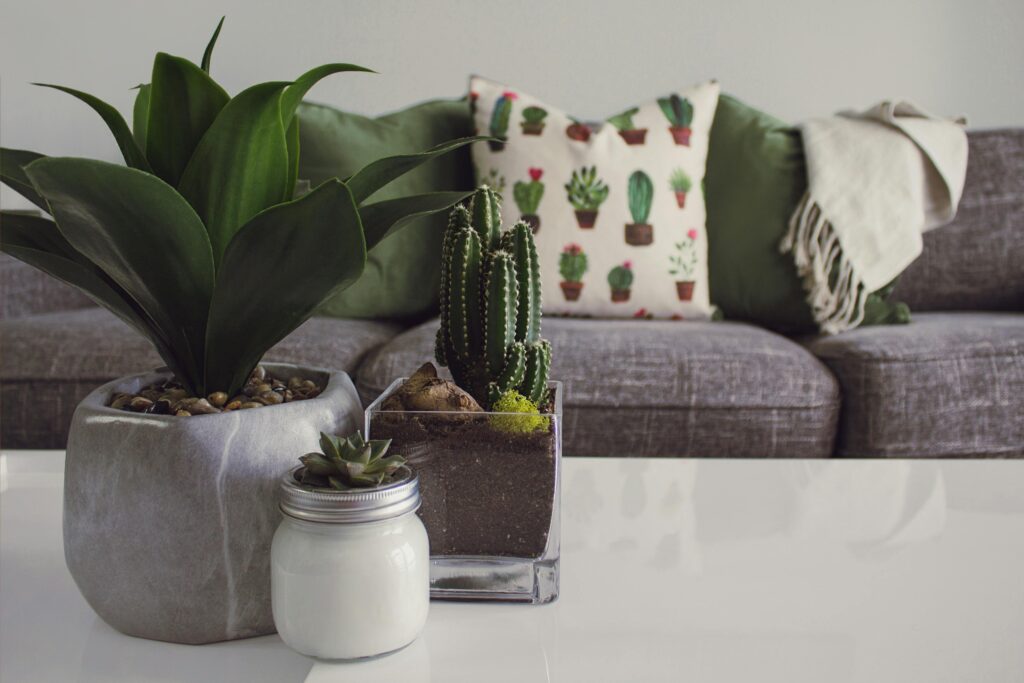
Why Low-Light Indoor Plants Are Perfect for Apartments?
Living in an apartment means you might not get a lot of sunlight. That’s why low-light indoor plants are a great choice for your home. These plants can grow well even in rooms with little natural light.
They also help clean the air in your apartment, making it fresher to breathe. Another reason low-light plants are great is that they add beauty to your home. You can put them on shelves, tables, or in corners to brighten up any space.
In short, low-light plants are perfect for apartments because they don’t need much sunlight, help clean the air, and make your home look more beautiful.
Top 10 Best Low-Light Indoor Plants for Apartments
Finding the right plants for low-light areas can be tricky, but there are some great options that will thrive even in dim spaces. Here are ten of the best low-light indoor plants you can add to your apartment:
Snake Plant (Sansevieria)
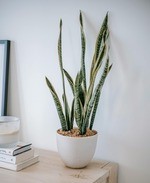
Description: The Snake Plant is tough and can survive in very low light. It has tall, upright leaves that are easy to care for.
Why It’s Great: It’s very low maintenance and helps purify the air.
Pothos (Epipremnum aureum)
Description: Pothos has heart-shaped leaves and grows long vines. It can be placed on a shelf or hung in a pot.
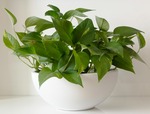
Why It’s Great: It’s very easy to grow and can adapt to various light conditions.
ZZ Plant (Zamioculcas zamiifolia)
Description: The ZZ Plant has shiny, dark green leaves and can tolerate low light.
Why It’s Great: It’s very forgiving if you forget to water it.

Peace Lily (Spathiphyllum)

Description: The Peace Lily has dark green leaves and white flowers. It’s good for low light and adds a touch of elegance.
Why It’s Great: It blooms even in low light and helps improve indoor air quality.
Philodendron
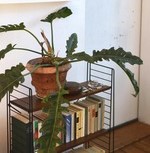
Description: Philodendrons have large, attractive leaves and can grow in low light. They are perfect for hanging baskets or pots.
Why It’s Great: They are easy to care for and grow quickly.
Cast Iron Plant (Aspidistra elatior)

Description: As its name suggests, the Cast Iron Plant is very tough and can handle low light.
Why It’s Great: It’s very durable and requires minimal care.
Spider Plant (Chlorophytum comosum)

Description: Spider Plants have long, arching leaves and small plantlets that grow from the main plant.
Why It’s Great: It’s great for improving air quality and is easy to grow.
Chinese Evergreen (Aglaonema)

Description: The Chinese Evergreen has colorful, patterned leaves and does well in low light.
Why It’s Great: It’s low maintenance and can brighten up any dark corner.
Parlor Palm (Chamaedorea elegans)
Description: The Parlor Palm is a small palm that grows slowly and thrives in low light.
Why It’s Great: It’s a great option for adding a touch of the tropics to your home.
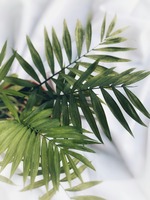
Bird’s Nest Fern (Asplenium nidus)
Description: The Bird’s Nest Fern has large, wavy leaves that grow in a rosette shape.
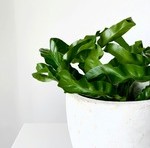
Why It’s Great: It can grow in low light and adds a lush, green look to your space.
These low-light plants are perfect for apartments because they don’t need much sunlight and are easy to care for. They can help make your home feel fresh and green, even if you have limited natural light.
Tips for Caring for Low-Light Indoor Plants
Taking care of low-light indoor plants is easy once you know how. Here are some simple tips to help your plants stay healthy and happy:
Watering:
How to Do It: Most low-light plants need less water than plants in bright light. Check the soil with your finger. If the top inch is dry, it’s time to water.
Humidity:
How to Manage It: Some low-light plants, like the Peace Lily, enjoy a bit of humidity. You can mist the leaves or use a humidifier.
Temperature:
How to Keep It Right: Most low-light plants prefer a temperature between 60-75°F (15-24°C). Keep them away from cold drafts or hot heaters.
Cleaning:
How to Do It: Dust the leaves gently with a damp cloth to keep them clean and help the plant breathe better.
Fertilizing:
How to Do It: Use a balanced, water-soluble fertilizer every 6-8 weeks during the growing season (spring and summer).
Checking for Pests:
How to Do It: Look for small bugs or spots on the leaves. If you see pests, treat them with an insecticidal soap or neem oil.
By following these tips, you can keep your low-light plants looking their best and ensure they thrive in your apartment. With just a little care, you can enjoy a green and healthy home even with limited sunlight.
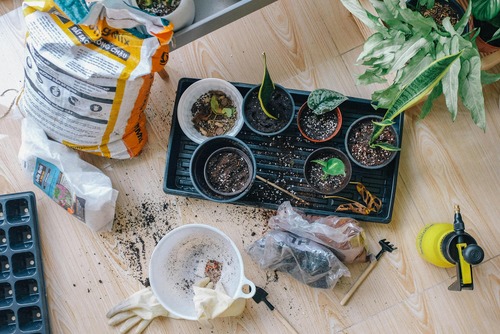
Common Mistakes to Avoid with Low-Light Indoor Plants
Even though low-light indoor plants are generally easy to care for, some common mistakes can harm their growth. Here’s what you need to watch out for:
Overwatering:
One of the biggest mistakes is giving your plants too much water. While it’s tempting to water them often, most low-light plants don’t need a lot of water. Overwatering can cause the roots to rot, leading to yellowing leaves and a weak plant.
How to Avoid It: Check the soil before watering. If the top inch of soil is dry, it’s time to water. Always use pots with drainage holes, so excess water can escape.
Inadequate Light:
Although these plants can thrive in low light, they still need some light to grow. Placing them in a completely dark corner can cause slow growth or even death.
How to Avoid It: Place your plants near windows that get indirect sunlight, or use artificial lights if your apartment is too dark. Rotate your plants occasionally to ensure all sides get enough light.
Wrong Pot Choice:
Using a pot without drainage holes or one that’s too big can lead to problems. Without proper drainage, water can accumulate at the bottom, causing root rot. A pot that’s too large may hold too much moisture, which can also harm your plants.
How to Avoid It: Choose pots with drainage holes and ensure they’re appropriately sized for your plant. A good rule of thumb is to use a pot that’s about 2 inches larger in diameter than the plant’s root ball.
Ignoring Pests:
Pests like spider mites and mealybugs can easily infest low-light plants, especially if the plants are stressed from overwatering or lack of light. These pests can damage leaves and stunt growth.
How to Avoid It: Inspect your plants regularly for signs of pests. If you see any, treat the plant immediately with insecticidal soap or neem oil. Keeping the plant healthy through proper watering and light can also prevent pest problems.
By avoiding these common mistakes, you’ll help your low-light indoor plants thrive and enjoy a lush, green apartment space.
Enhancing Growth: Fertilizers and Artificial Light Solutions
Even though low-light plants are easy to care for, they can still benefit from a little extra help. Here’s how to use fertilizers and artificial light to make your plants grow better:
Best Fertilizers for Low-Light Indoor Plants
Low-light plants don’t need a lot of fertilizer, but giving them some can help them grow strong. Use a balanced fertilizer that you mix with water. Look for a 10-10-10 fertilizer, which means it has equal amounts of three important nutrients: nitrogen, phosphorus, and potassium.
Why It’s Important: Fertilizers give plants the nutrients they might not get from the soil. This helps them grow healthier, even in low light.
Artificial Light Solutions for Low-Light Plants
If your apartment doesn’t get enough sunlight, you can use special lights to help your plants grow. Low-light plants do well with fluorescent or LED grow lights. These lights don’t get too hot, so they won’t burn the plants.
How to Use It: Place the grow lights 6 to 12 inches above your plants. Keep the lights on for 12 to 16 hours a day. This gives your plants the light they need, even if your home is dark.
Why Fertilizers and Artificial Light Matter?
Using the right fertilizer and light helps your plants grow strong, even in a low-light apartment. But be careful—too much fertilizer can hurt your plants. Also, remember to turn off the lights at night so your plants can rest.
By using fertilizers and artificial lights, you can keep your low-light plants healthy and vibrant, even if your apartment doesn’t get much natural sunlight.
Final Thoughts
Choosing the best low-light indoor plants for apartments can transform your space, even with limited sunlight. These plants are easy to care for and add a touch of greenery to your home. Remember to pick the right plants, like Spider Plants, ZZ Plants, and Pothos, and provide proper care. If you have pets, choose safe options. Start your indoor garden today and enjoy the fresh look it brings to your apartment!
FAQs About Low-Light Indoor Plants
What are the best low-light indoor plants for beginners?
Answer: If you’re new to indoor gardening, start with easy-to-care-for plants like the Spider Plant, Pothos, and Snake Plant. These plants are hardy and thrive in low-light conditions, making them perfect for beginners.
How often should I water my low-light indoor plants?
Answer: Most low-light plants need watering when the top inch of soil feels dry. It’s important not to overwater, as this can lead to root rot. Check your plants regularly and adjust watering as needed.
Can I grow herbs in low light?
Answer: Growing herbs in low light can be challenging, as most herbs prefer more sunlight. However, you can try growing low-light-tolerant herbs like mint or parsley if you provide them with some indirect light.
How can I make my low-light plants grow faster?
Answer: To boost growth, provide a bit of indirect light and use a balanced, water-soluble fertilizer. Even though these plants are low-light, a little extra light can help them grow more quickly.
What should I do if my low-light plant isn’t growing well?
Answer: Check if the plant is getting enough water and the right amount of light. Ensure it’s not root-bound and the soil is fresh. If you notice problems, consider repotting the plant and adjusting its care routine.
Are there any low-light plants that are also pet-friendly?
Answer: Yes, there are several low-light plants that are safe for pets, including the Spider Plant, Boston Fern, and Areca Palm. Always check if a plant is non-toxic to your pets before bringing it home.
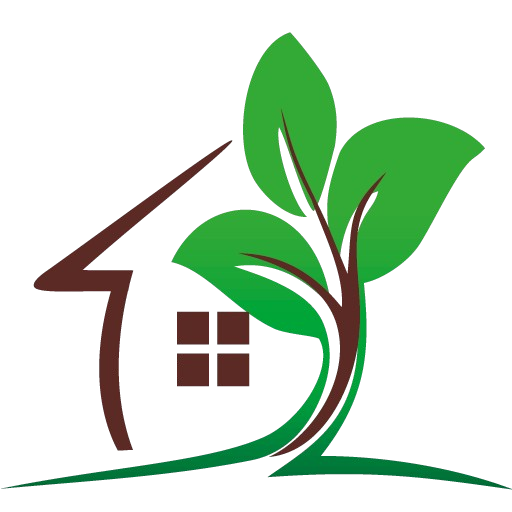
Pingback: Effective indoor gardening guide for beginners - Indoor Planting Guide
Pingback: Indoor Succulent Care Guide For Beginners 2024 - Indoor Planting Guide